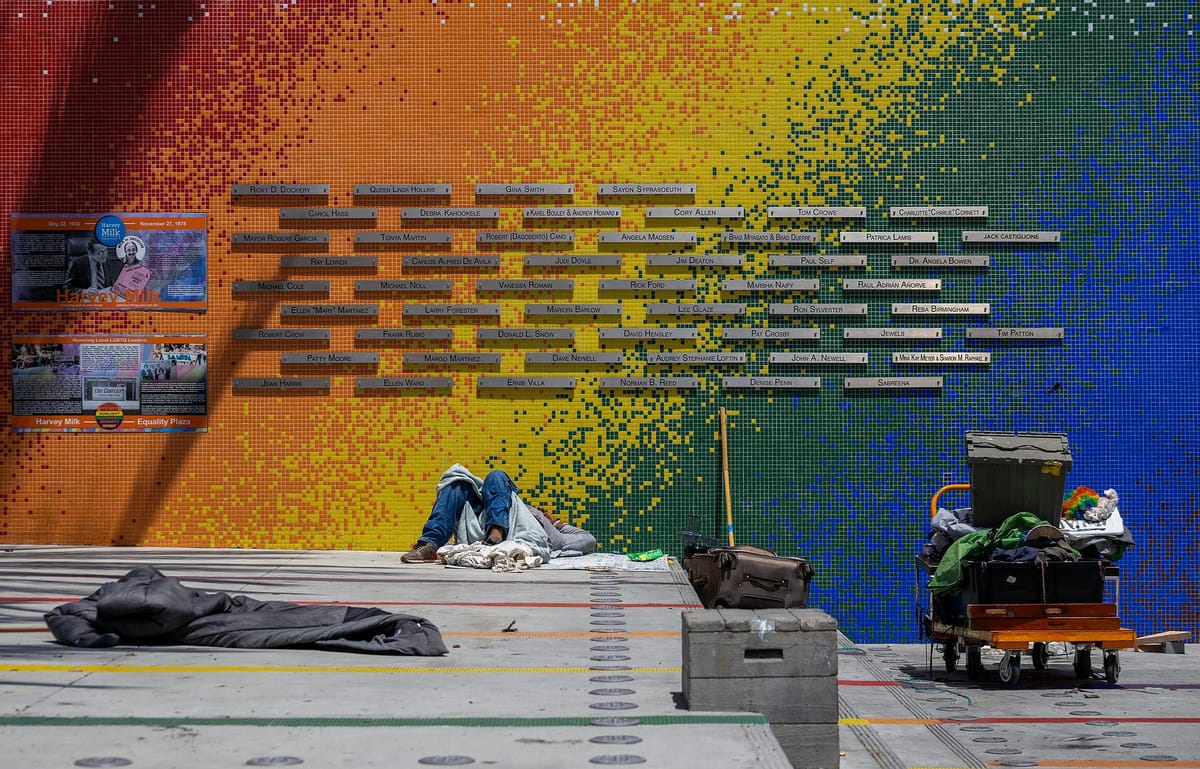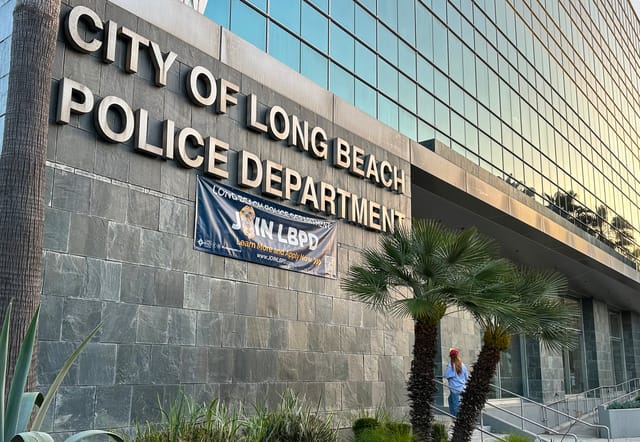Critically Speaking: Is the tide turning on homelessness?
Maybe, but it will take a lot more work to affect more widespread progress.

Earlier this week I was walking my dog and listening to a podcast about the potential collapse of the Atlantic Meridional Overturning Circulation current, but we’ll call it AMOC for short.
AMOC is the current of water that plays a major part in keeping our planet’s climate relatively predictable. But the continued rise in sea temperatures has threatened to upend the current and usher in a colder, less habitable climate in Northern Europe and more sea level rise in the Eastern United States.
When the host asked what could be done to undo or slow down the collapse of AMOC, the reporter said that there may not be much that can be done aside from a wholesale divestment from fossil fuels to slow the warming of the planet, something scientists have warned us about for decades.
In short, once the ball gets rolling on its collapse, it’s going to take a lot of hard work to stop.
While stopping AMOC’s collapse is several orders of magnitude more difficult than solving homelessness, both matters are similar; they will require a lot of creative thinking to “turn the tide” and neither will change overnight.
Homeless advocates and city officials have often said the longer someone is on the streets, the harder it is to get them back into shelter. Chronically unhoused people — those who have been on the streets for a year or more — make up more than half of the city’s 3,376 people officials say were counted during this year’s point-in-time count of the unhoused population.
Officials announced this year’s figures at a press conference Wednesday, where they said the unhoused population had shrunk by 2%, something the city hasn’t been able to say since 2017.
But after years of increases, the 2% figure amounted to only 71 fewer people living in some state of homelessness this year compared to 2023.
When taken into context with the 111 people who died unhoused in the city in 2023 and the tens of millions of dollars the city poured into its homeless emergency response (which ended in February), that 71 figure looks worse to some, even if it means that 71 people are no longer suffering on the streets of Long Beach.
One advocacy group believes the number could be skewed by the wet and cold weather that persisted during the period that the city’s volunteers completed the state-mandated count earlier this year. The counts are not an exact science and Los Angeles County is looking into flaws with the app that it used for the process.
Long Beach Watchdog is a reader-supported publication. To receive new posts and support my work, consider becoming a free or paid subscriber.
In Long Beach, it’s clear that the number is well-above zero and progress around the edges is not attacking the heart of the issue.
Sure, city councilmembers have taken to social media this week to tout the 37% decrease in unhoused minors (18 people) and the nearly 50% decrease in the 18 to 24-year-old bracket (72 people). But they didn’t mention that those were the two smallest demographic groups, accounting for a combined 193 people.
It’s the larger, persistent age groups that saw smaller statistical increases but the number of new people on the street almost canceled out the reductions in the youth populations.
There was an 11% increase in the population of people between 35 and 44 years old, which equaled 75 new unhoused people compared to 2023.
While the 2024 count found a slightly smaller number of unhoused people in the city, it also shows a slightly higher percentage of them are living unsheltered.
Finances continue to be a primary driver of becoming unhoused, with more than 37% of people surveyed during the count pointing to reasons like unemployment and eviction (16.5%) for their loss of housing.
Help could be on the way, but will it come soon enough?
A city project to convert a 78-room motel into temporary housing could open in early 2025. A “tiny home” development that will add 33 rooms for the unhoused could also open next year. Both, however, were originally slated to open last year.
And this week, Mayor Rex Richardson pitched a variety of policy changes to help speed up the production of affordable housing, something that could stem the flow of people from housed to unhoused. But will likely take years to see those new units come online.
As with AMOC, solving the crisis that is homelessness requires a lot more work and sacrifice from everyone. Let’s hope that, in both cases, we’re not too late.
What happened this week
I need to mention here: our fellow Watchdog, Fernando Haro, was named as a member of the Pulitzer Prize-winning team at Lookout Santa Cruz. But something you might want to pay attention to locally is the emergency that was declared by the city’s health officer over a Tuberculosis outbreak. City officials say the general public has nothing to worry about, but a city memo estimated that upward of 500 people could be considered contacts in the outbreak that has already infected 14 people and killed one. The emergency is different from the ones during the COVID-19 pandemic and won’t require people to wear masks. And despite hundreds of people being potential contacts, the city’s health department expects that most people will not contract TB.
Something to keep an eye on
The City Council asked in 2022 for the city to look at designating a strip of Broadway as a cultural district that would celebrate the many contributions the LGBTQ+ community has made to the city. I attended some of the early community meetings and while the community did ask for things like statues, plaques and even a museum along the corridor, they also mentioned several basic improvements they wanted to see along the stretch between Alamitos and Temple avenues. Things like more street lights, trees and pedestrian crossings, which could activate the area and make people feel safer in a part of the city that is globally known as a safe space for LGBTQ+ people. The council will receive the report Tuesday but I already read through it for you. Spoiler alert: the first wave of improvements could take up to two years to complete and things like pedestrian lights could be cost-prohibitive at $6.5 million. The council will discuss the issue at its May 14 meeting.
Jason Ruiz has been on strike from the Long Beach Post since March 21, yet he’s still covering city hall without pay. Thank him for his reporting.
We need your support.
Subcribe to the Watchdog today.
The Long Beach Watchdog is owned by journalists, and paid for by readers like you. If independent, local reporting like the story you just read is important to you, support our work by becoming a subscriber.





